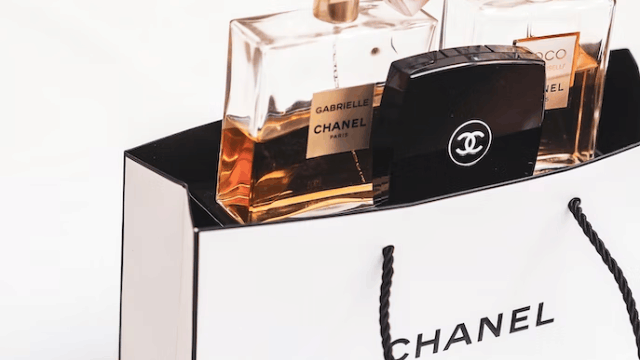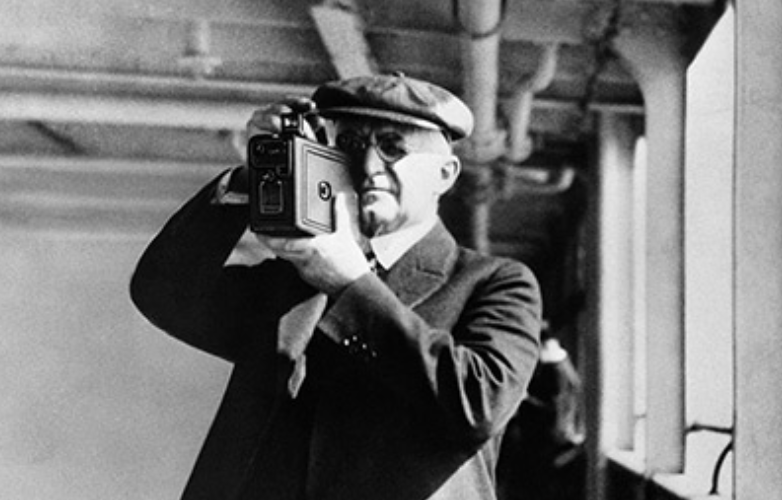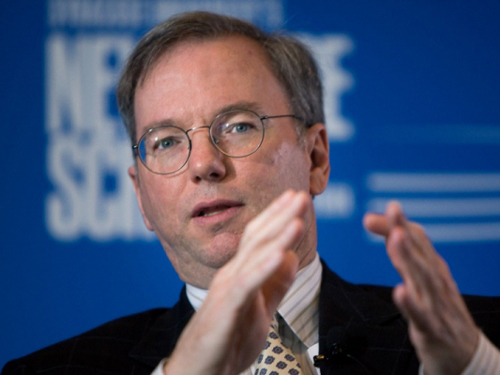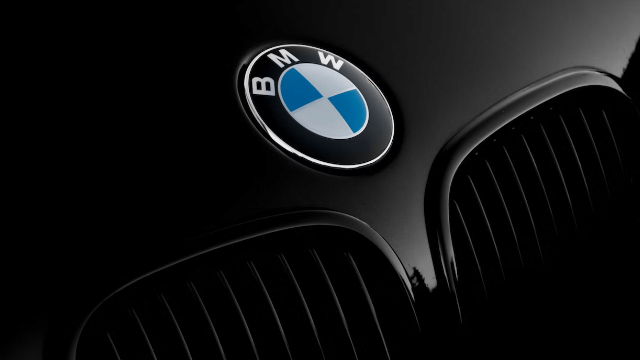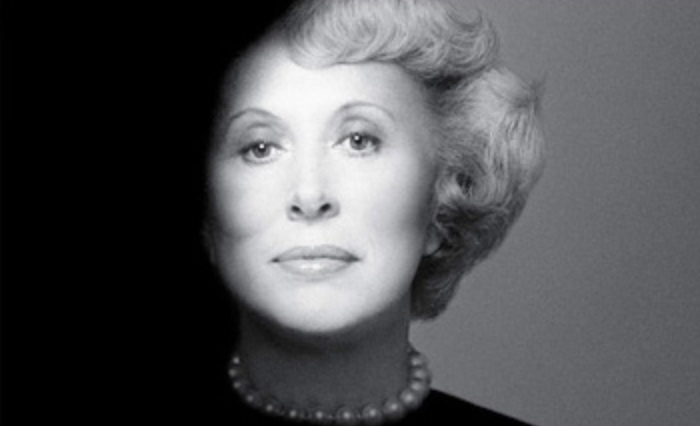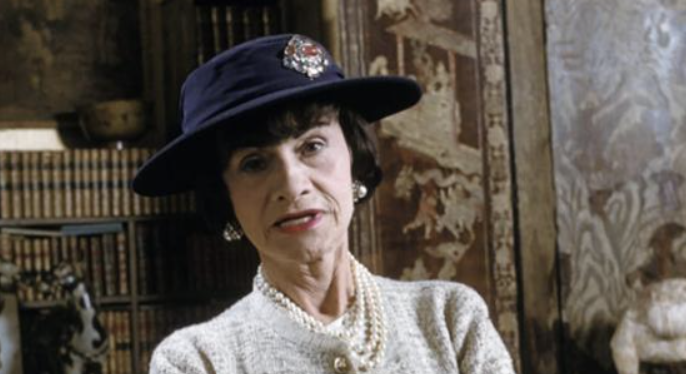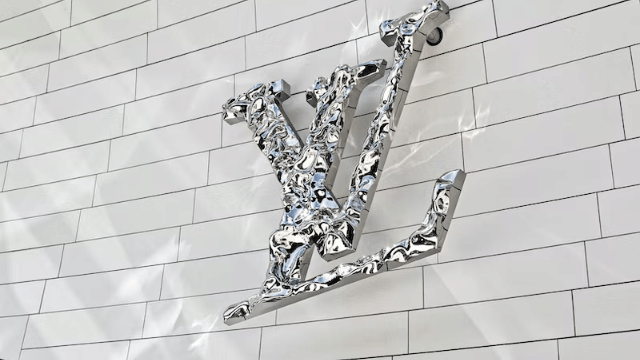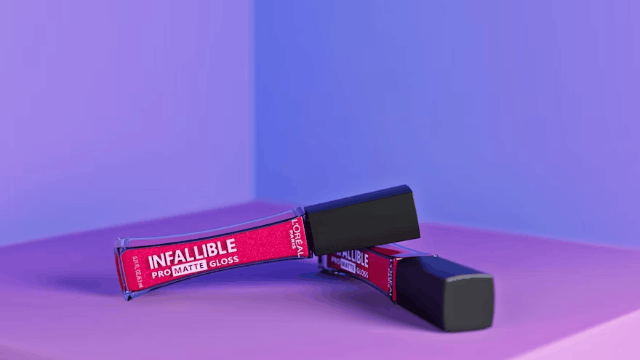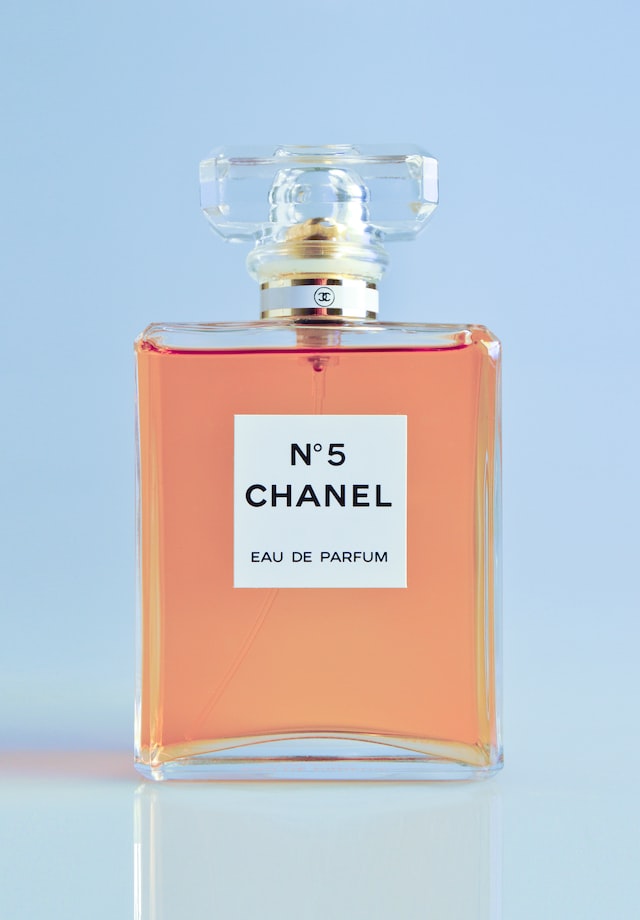
Brand Description.
Chanel is a French luxury brand founded by Coco Chanel (formerly Gabrielle Bonheur Chanel) in 1910 in France, with three main categories of products: fashion and accessories, perfume, make-up and skincare, and watches/ fine jewellery.
In 1910, Chanel opened an accessories shop at 21 rue Cambon, where she introduced hats, dresses and casual wear. In 1978, Chanel launched its first ready-to-wear collection.
In December 2020, Chanel was ranked 34th in the "Top 500 World Brands 2020" by the World Brand Lab.
Brand culture.
Chanel's iconic logo is made up of two capital 'C's overlapping back-to-back, embodying a minimalist design concept that is at once endlessly evocative.
The logo was designed by Coco Chanel herself in 1925 and has been used ever since. There are three different theories as to the inspiration for the logo. One is that it was inspired by the glass windows of the Abazin church, where Coco Chanel spent her childhood.
The second is that Coco Chanel happened to see a Renaissance double C symbol at a party and fell in love with it at first sight, eventually incorporating it into the design of the logo. The last theory, which has been the most popular for many years, suggests that a man called Capel came into Coco Chanel's life early on, who was in love with her and was very supportive and helpful in her career.
The writer Justine Picardie once said that the double C symbol in the Chanel logo was a metaphor for the fact that although Coco Chanel and Capel did not end up together, they did have a good time together, overlapping but also diverging from each other.
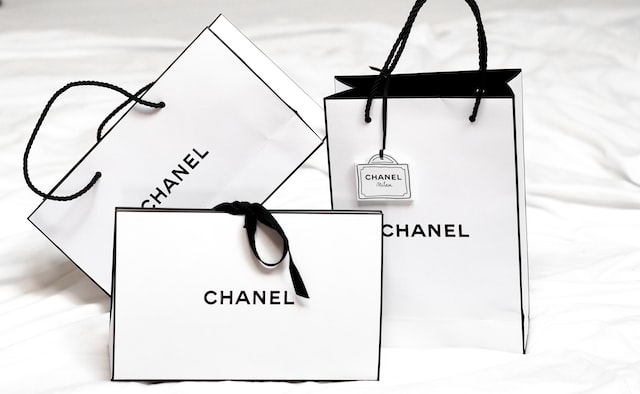
History of the brand.
The beginnings
Mademoiselle Gabrielle Chanel is the founder of the House of Chanel. Even those who know a lot about this international luxury brand may not know much about Mademoiselle Chanel, but as a true brand identity, the influence of its founder is inevitable. Often, the character and attitude of the founder of a brand is one or two things that most people give to their own brand. Here is the story of Chanel's founder, Mademoiselle Chanel.
Born in 1883, Chanel was the second child of a poor French unmarried couple. Her father was a grocery vendor from the Cevennes and her mother was a shepherdess from the Auvergne mountains. Chanel is said to have been born in Saumur, France; another theory is that she was born in Auvergne in the mountains of southern France. In fact, there are many different stories about her origins, and the fact that Chanel tried to evade and conceal them until her death adds to the fog of her origins. Chanel's childhood was a tragic one. Her mother died when she was twelve and her father left her and her four siblings behind. She was raised by her aunt, and as a child she attended the Convent School, where she learnt to sew.
In 1905, when she was twenty-two, she became a 'cafe singer' and took the stage name 'Coco', singing in various concert halls and cafes. During her career as a singer, Coco became the lover and confidante of two regular customers, a British industrialist and a wealthy army officer. These friendships gave Coco the financial means to open her own shop.
The beginnings
In 1910, Coco opened a millinery shop in Paris, where her exceptional needlework skills enabled her to sew one simple, elegant hat after another. Two of her confidants introduced her to many famous customers. At that time, women were tired of fancy trimmings, so Chanel's simple, comfortable hats were like a refreshing fountain for them. Within a year, business was booming and Coco moved her shop to the more fashionable neighborhood of Rue Cambon, which in 1910 was still the base of Chanel's headquarters. Making hats was never enough to satisfy Coco's ambition for a career in fashion, so she moved into Haute Couture.
In 1914, Coco Chanel opened two boutiques and the Chanel brand, which was to have a profound impact on future generations, was officially born.
In the 1920s, Chanel created a number of innovative styles, such as the tricot sailor dress, the little black dress and the bottle-neck overcoat. Coco also took inspiration from men's clothing and added a more masculine touch to women's clothing, changing the flamboyant style of women's clothing.
For example, the blazer was added to the women's collection, and women's trousers were introduced. Don't forget that in the 1920s women only wore dresses. Coco's unique vision of fashion aesthetics and her rare talent led her to make friends with poets, painters and intellectuals. Among her friends were Picasso, the master of abstract painting, and Jean Cocteau, the French poet and director. Among her friends were Picasso, a master of abstract painting, and Jean Cocteau, a French poet and director. In 1914, Coco opened two boutiques and Chanel, a fashion house that would influence the future, was born.
Development
In addition to fashion, Chanel also launched Chanel No 5 in 1921, with Nicole Kidman as the face of the fragrance in a glass bottle with an Art Deco flavour.
Chanel No.5 was the first perfume ever to be named after a designer. The "double C" symbol made it the most profitable product in Chanel's history, and it has endured throughout time, and is still a highlight on Chanel's official website.
In the 1930s and 1940s, with the outbreak of the Second World War, Coco Chanel closed her shop and took refuge in Switzerland with a Nazi officer she was in love with. 1954 saw Coco's return to France and Chanel's comeback, with her usual simple and natural womenswear style, which quickly captured the hearts of Parisian women. Short tweed coats and bell-bottom trousers were among Coco Chanel's creations of the post-war period. The Chanel style remained simple and elegant after the war, using Tartan checks or Scandinavian geometric prints, and often made in tweed for comfort.
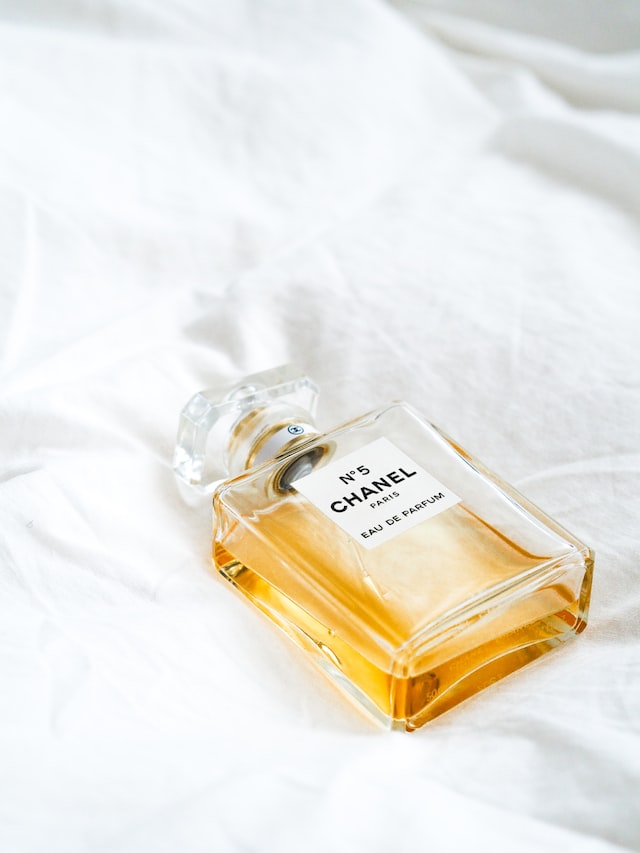
The second generation
After Chanel's death, the design genius KARL LAGERFELD took over in 1983. He has been Chanel's chief designer since 1983 and has taken Chanel's fashion to another level. With a free, arbitrary and relaxed design mentality, Karl Lagerfeld has always incredibly united two opposing artwork sensibilities in his designs, which are both spirited and dignified, with a French romance and wit, but also a German rigour and refinement. There are no constant lines or colours that he prefers, but the purity of the "Chanel" style is evident throughout his designs. It is also interesting to note that in its almost ninety years of existence, the brand has never produced a single piece of men's wear until the Autumn/Winter 2005/2006 collection, when only a few pieces were launched.




